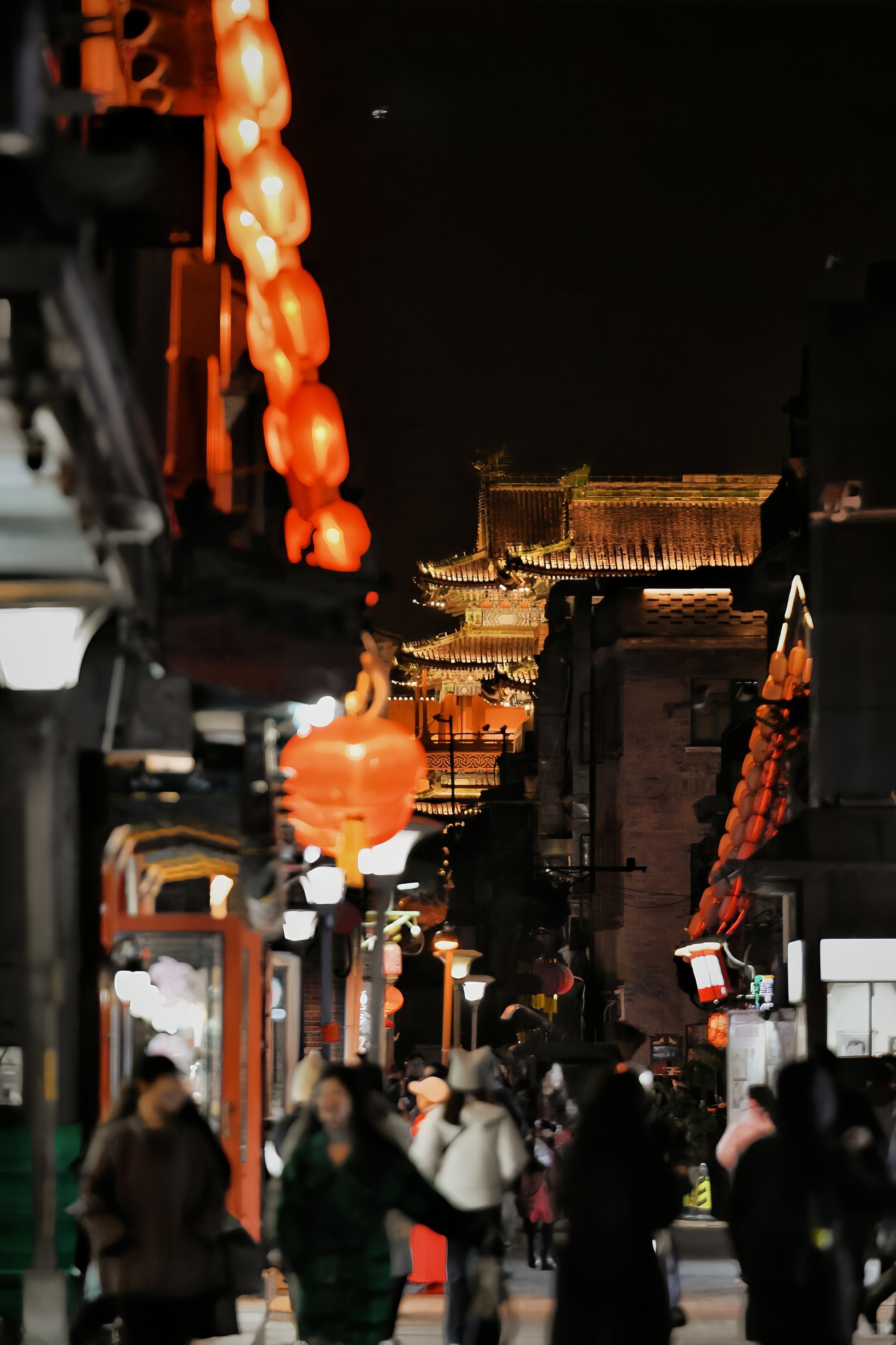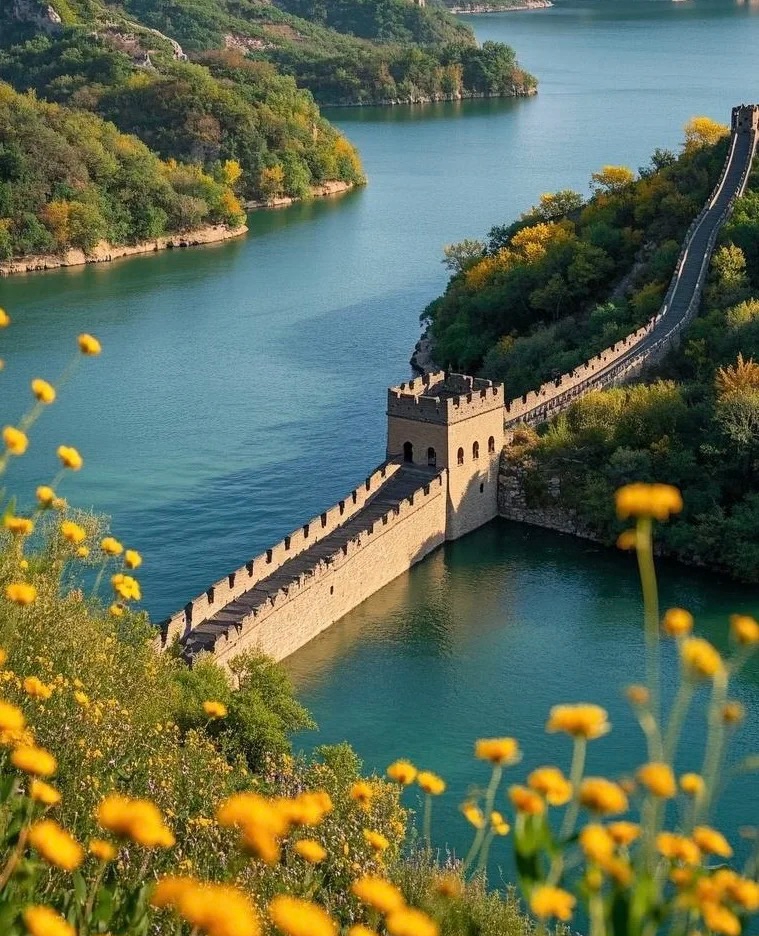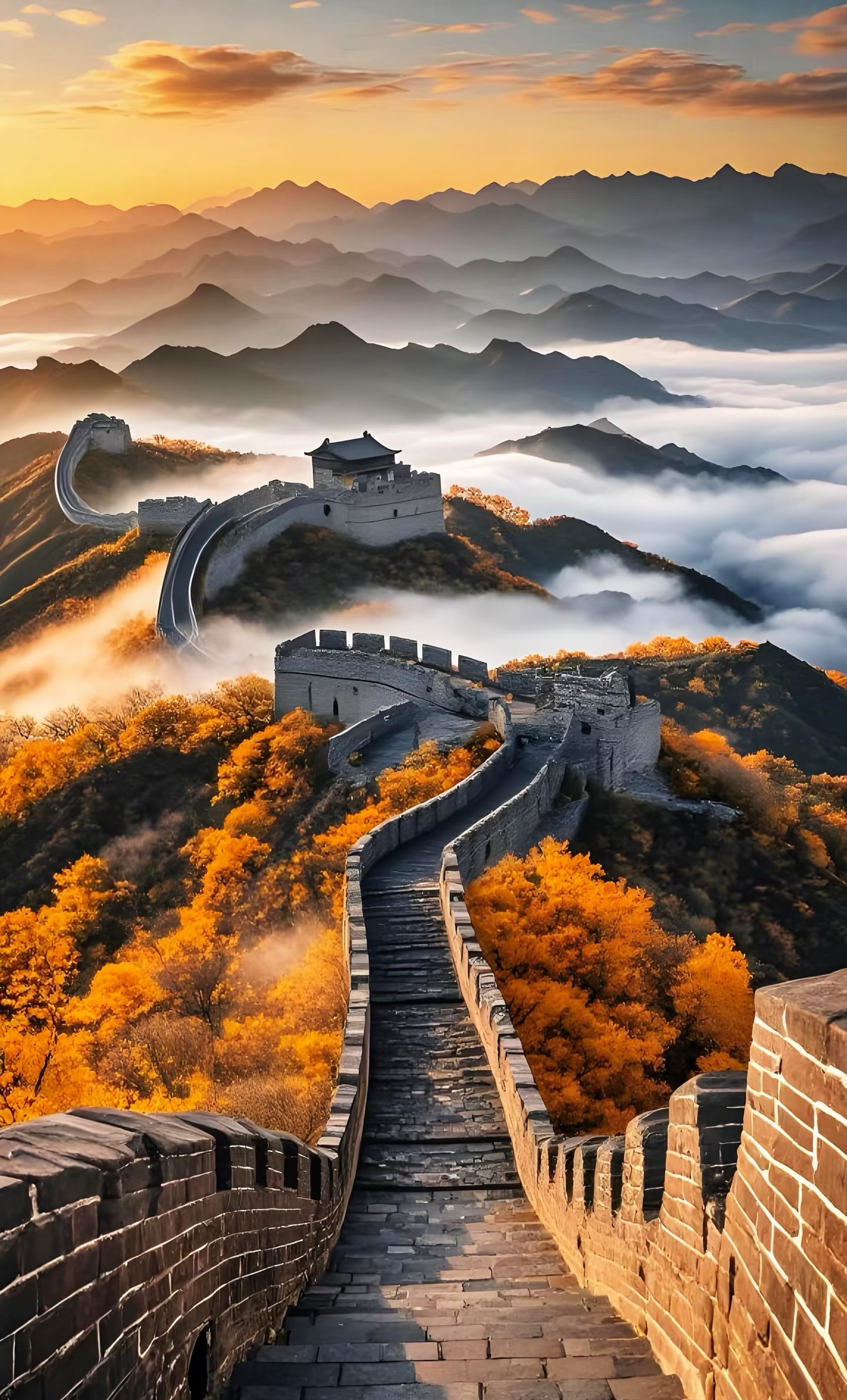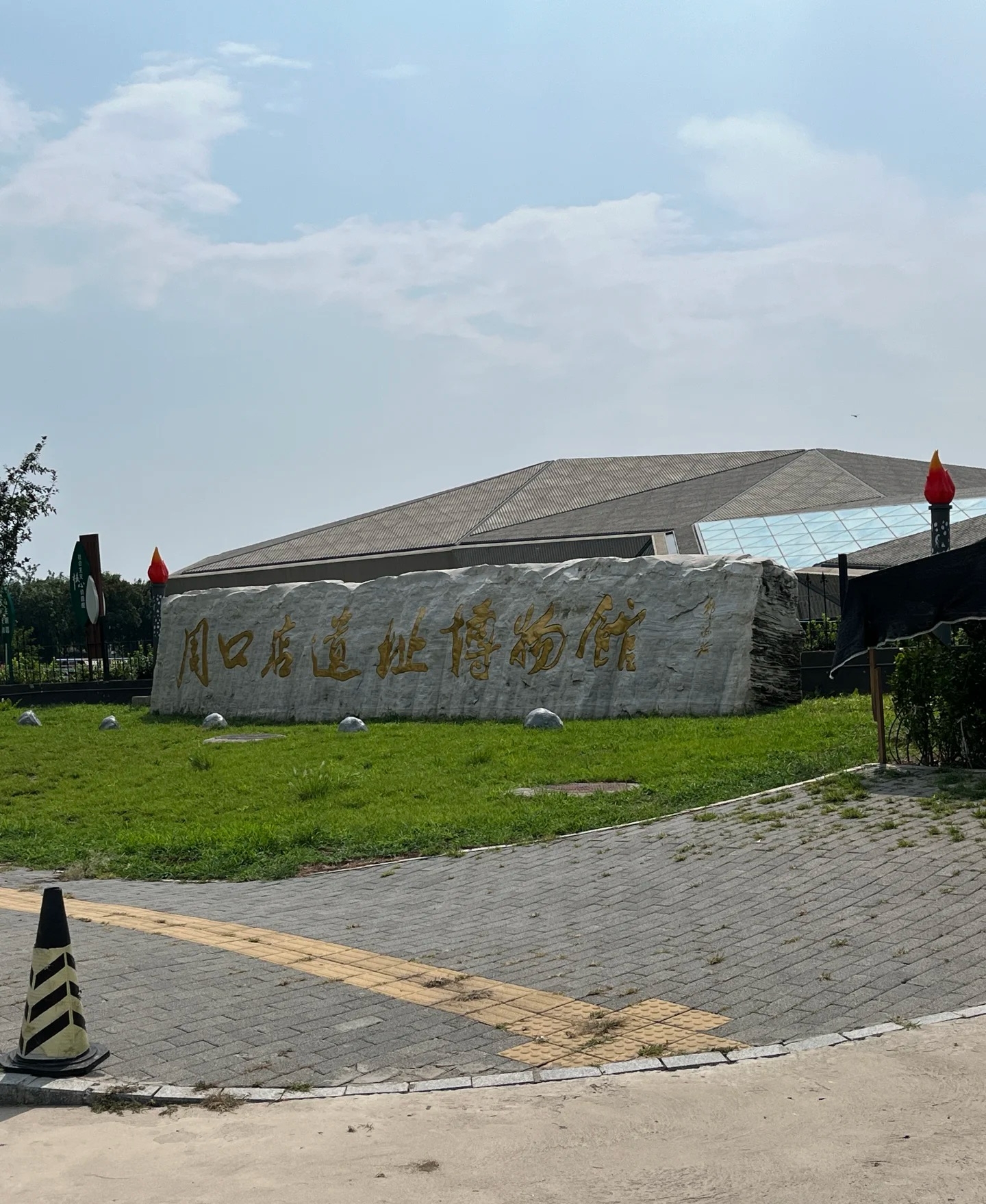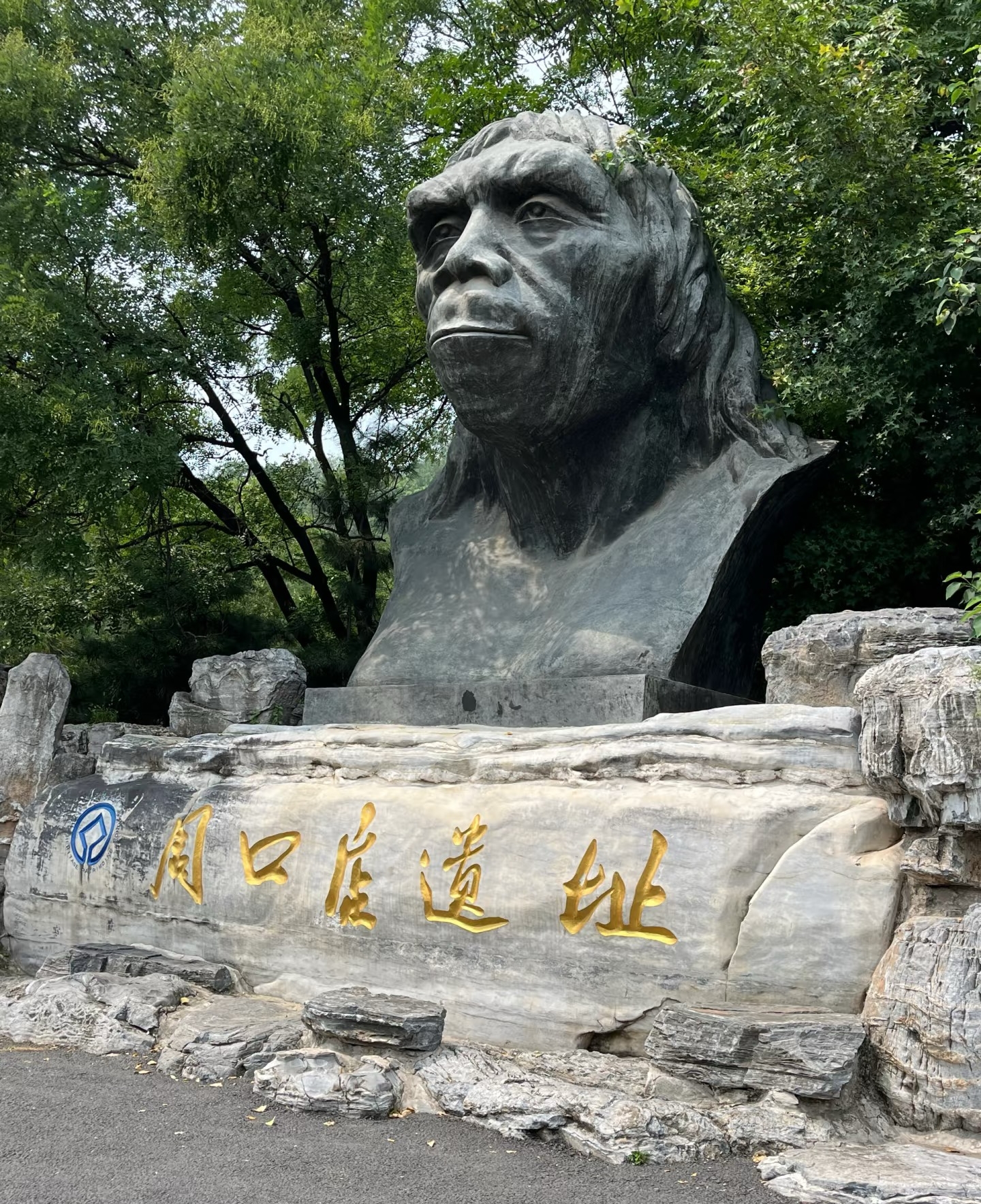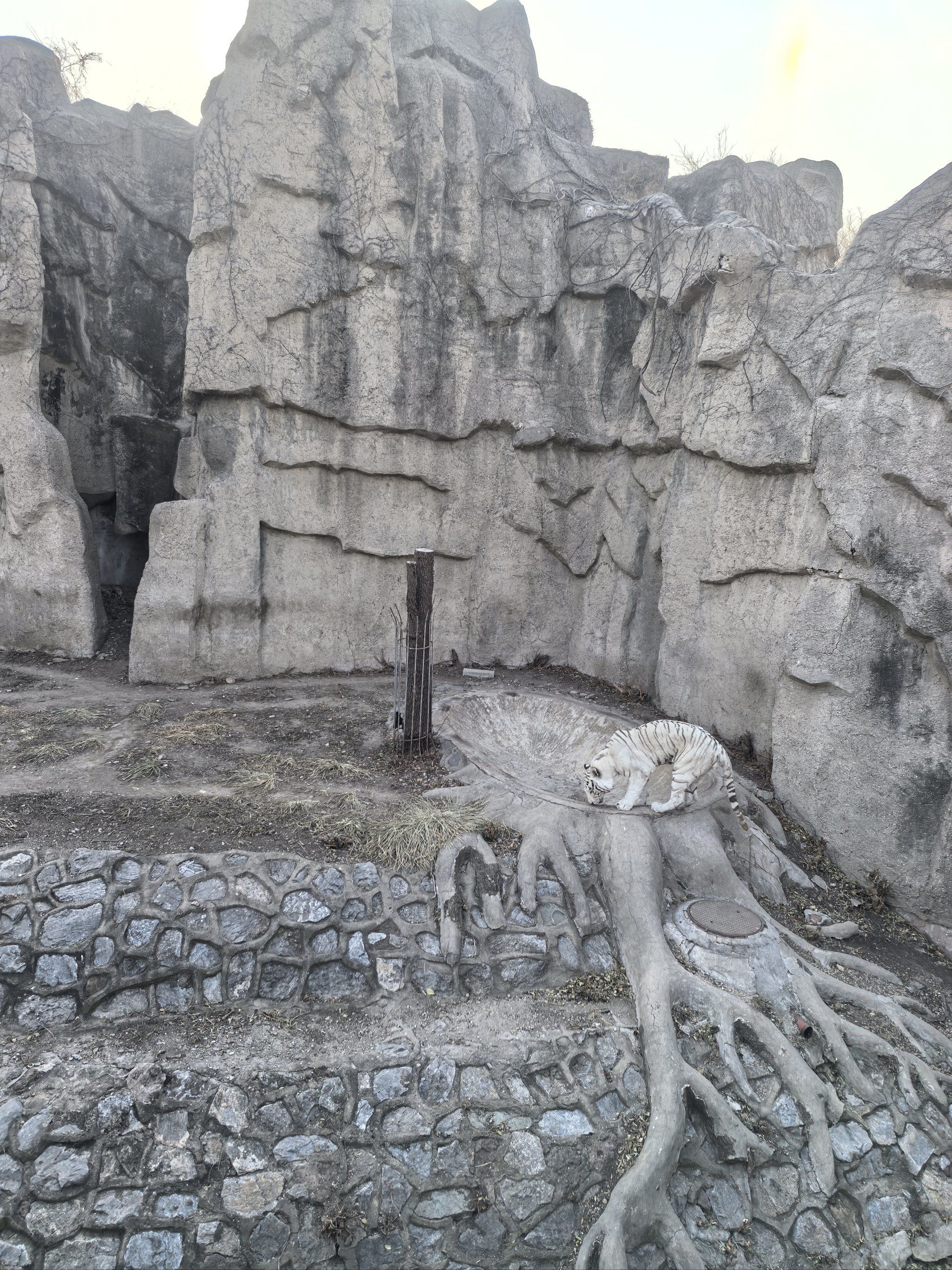

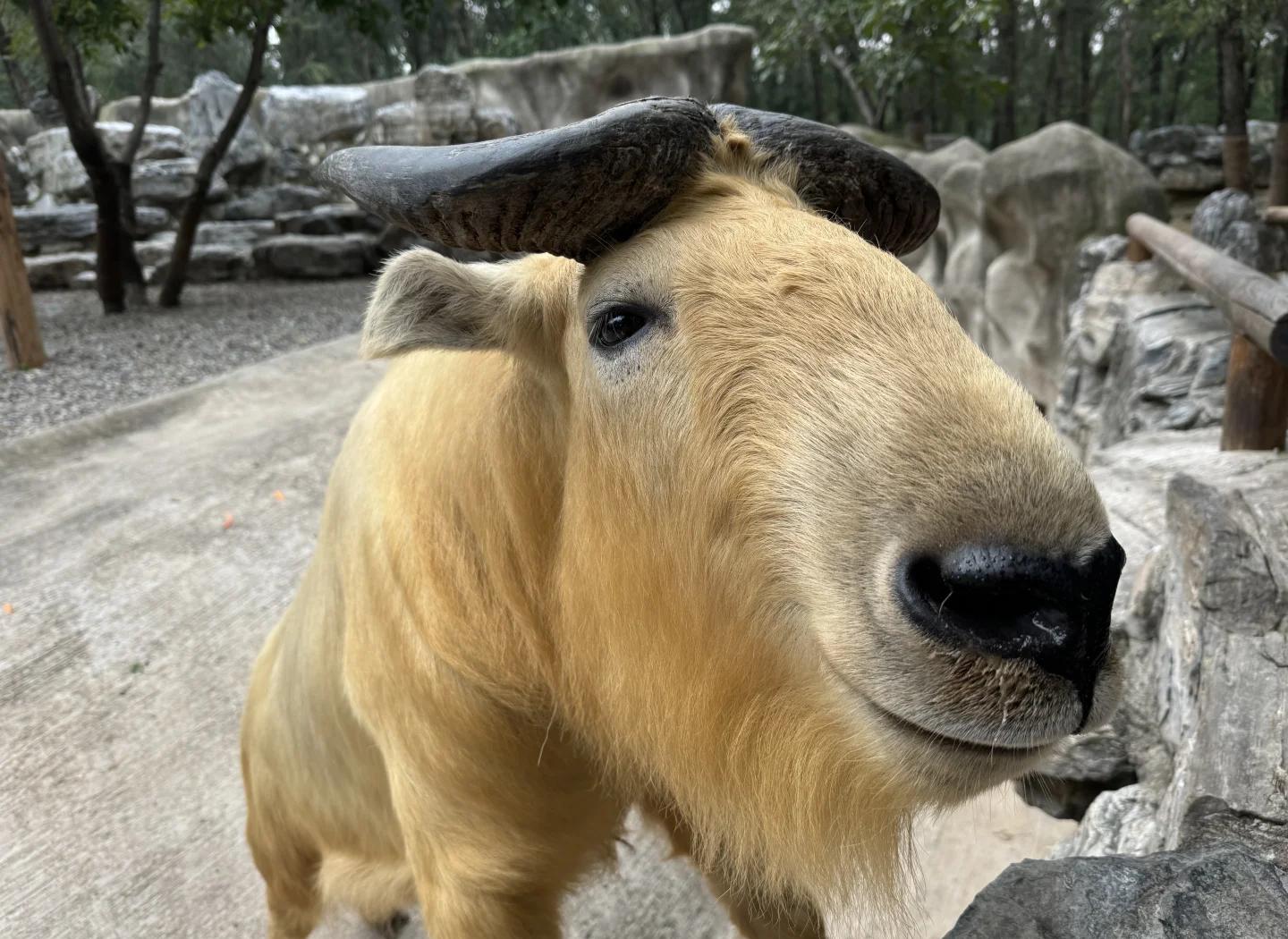
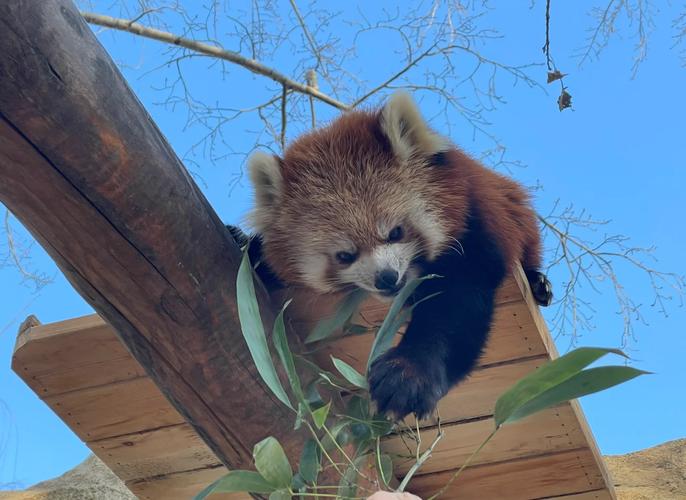

Beijing Zoo
Beijing Zoo is one of the largest zoos in China, with many rare animal and plant species.
Information
Ticket price
Time
Location
137 Xizhimen Outer St, Xicheng District, Beijing, China
View maps
More about the trip
Beijing Zoo: Home to Pandas and More
The Beijing Zoo, established in 1906, is one of the oldest and largest zoos in China, covering an area of over 89 hectares. It is renowned for its extensive collection of animals, particularly its giant pandas, and serves as a significant center for wildlife research and conservation. Beyond its animal exhibits, the zoo also features beautiful gardens and historical buildings.
What to See and Do
Giant Panda House: This is undoubtedly the most popular attraction. The Beijing Zoo is one of the best places in China to see giant pandas up close. Observe these beloved creatures as they munch on bamboo, play, or simply relax.
Other Animal Exhibits: The zoo houses over 450 species of land animals and 500 species of marine animals. You can see a wide variety of rare Chinese animals, including golden monkeys, red pandas, Manchurian tigers, and white-lipped deer, as well as animals from around the world like African elephants, polar bears, and kangaroos.
Aquarium: The Beijing Aquarium, located within the zoo, is one of the largest inland aquariums in China. It features a diverse collection of marine life, including sharks, jellyfish, and colorful tropical fish, as well as dolphin and sea lion shows.
Historical Buildings and Gardens: The zoo's grounds are beautifully landscaped with traditional Chinese gardens, pavilions, and historical buildings, some dating back to the Qing Dynasty. Take a stroll to appreciate the blend of nature and history.
Best Time to Visit
Spring (April to May) and autumn (September to October) offer the most comfortable weather for visiting. Weekdays are less crowded than weekends and public holidays. Arriving early in the morning is recommended to see the animals at their most active.
How to Get There
The Beijing Zoo is easily accessible by public transport. Take Metro Line 4 to Beijing Zoo Station (Exit A or D). Several bus routes also stop directly at the zoo entrance.
Travel Tips
Plan your route: The zoo is very large, so grab a map at the entrance and plan which exhibits you want to prioritize.
Food and drinks: There are several food stalls and restaurants within the zoo, but you might consider bringing your own snacks and water.
Consider the aquarium: The aquarium requires a separate ticket but offers a different experience, especially if you enjoy marine life.

